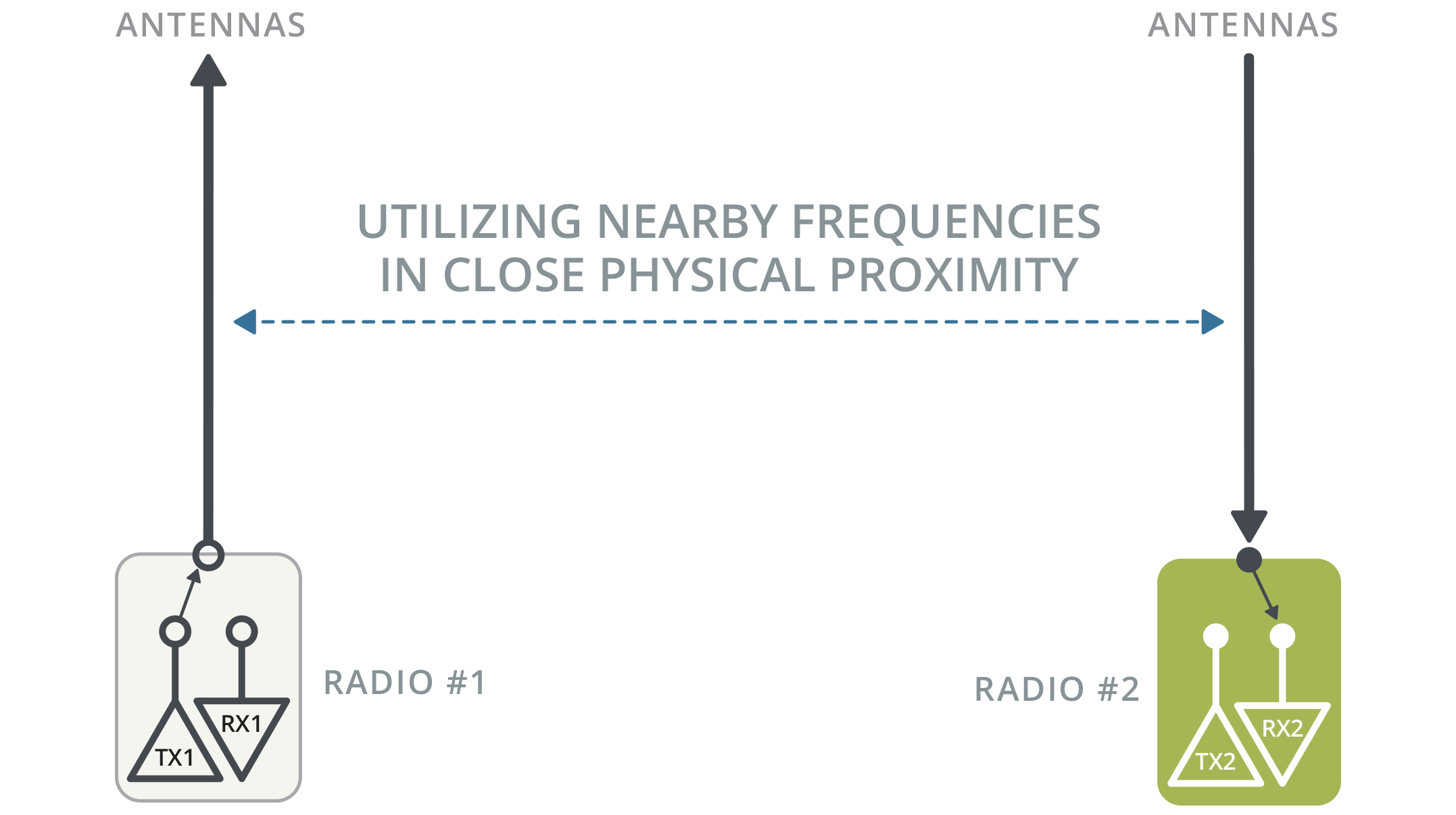Technology
Enabling the world’s most spectrally efficient
radios and wireless networks
Enabling the world’s most spectrally efficient
radios and wireless networks
For over a century, radios could only operate full-duplex by using two separate channels–one for transmit and one for receive. Self-Interference Cancellation technology enables radios to operate full-duplex using just one channel. Spectrum scarcity, particularly at frequencies below 6 GHz, is the biggest obstacle to the continued growth of the wireless industry. By doubling spectral efficiency, Full-Duplex reduces scarcity and creates new value. For example, Kumu Networks’ Full-Duplex technology is a boon to wireless operators who must bid for spectrum in competitive auctions.


The more popular wireless becomes, the greater the risk of interference. From consumer products in the home to sophisticated military systems in the field, Self-Interference Cancellation technology enables multiple radios operating in close proximity to cooperate rather than interfere with each other. This is particularly true in the home, where space is at a premium and the number of radios and antennas is rapidly increasing. Only Self-Interference Cancellation can neutralize the noise that a transmitter creates in not only its own receiver, but in neighboring receivers, as well.
The biggest limiting factor for wireless communication is interference. Conventional passive filters must be custom-designed for specific frequencies – they can’t be modified or reconfigured once they leave the factory. Mobile phones and other devices must either limit their choice of frequencies or include a multitude of filters. In contrast, Self-Interference Cancellation is a software-controlled, tunable solution that leads the way to universal radios.
For example, using a Self-Interference Cancellation-based tunable filter, cable modems can simply and inexpensively support the many channel bandwidths and configurations defined in the latest DOCSIS standards.


To share unlicensed spectrum in a fair manner, wireless standards such as WiFi employ a Listen Before Talk (LBT) strategy. It requires radios to idly listen for an extended period of time in order to infer the use of spectrum. LBT works fine to detect the presence of radar signals and vacate an occupied channel, but it is a terribly inefficient spectrum sharing solution between different protocols. In contrast, Self-Interference Cancellation enables collaborative spectrum sharing. Kumu Networks’ Self-Interference Cancellation technology is the key to cognitive radios that can “listen” while they “talk” –permitting for the first time truly dynamic, efficient, and fair access to idle spectrum.